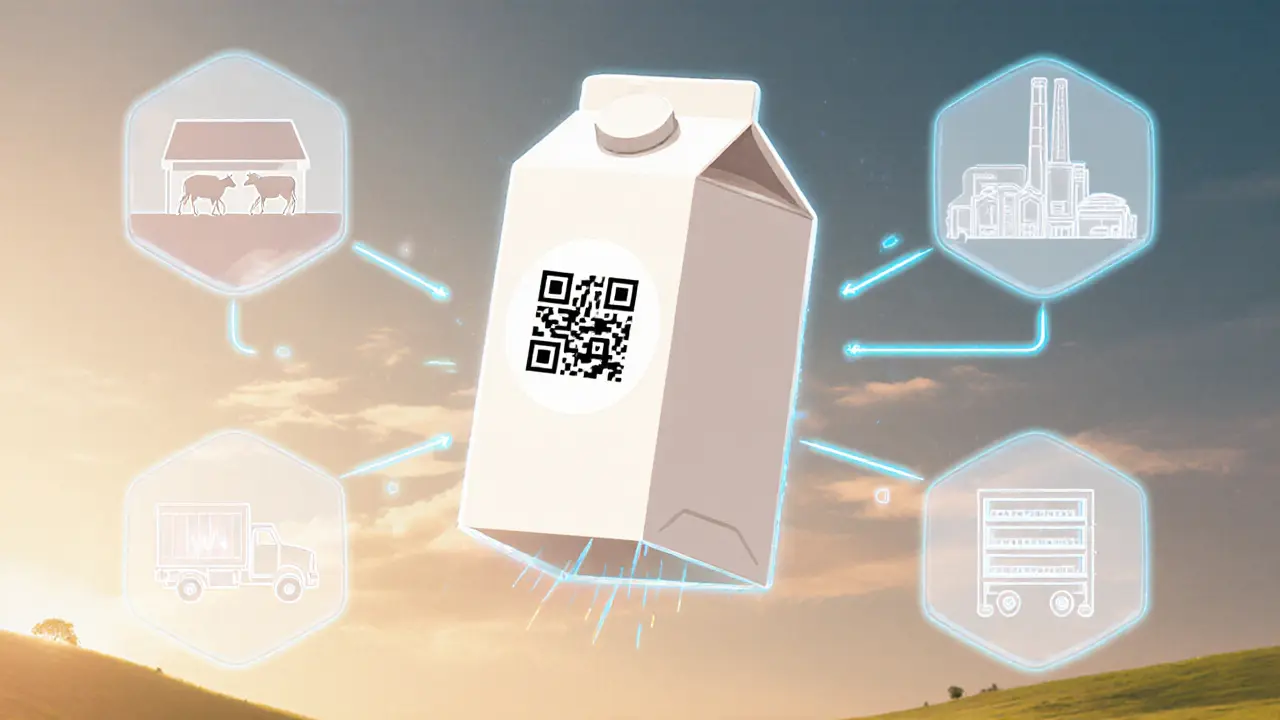Blockchain Traceability: How It Tracks Crypto, Stops Scams, and Builds Trust
When you send crypto, blockchain traceability, the ability to track every transaction on a public ledger from start to finish. It's not magic — it's math and code that records every move, forever. Also known as transaction transparency, it’s the reason you can check if a token like Global Token (GBL) has zero circulating supply, or if a project like KubeCoin (KUBE) is still active. This feature turns crypto from a black box into an open book.
Blockchain traceability doesn’t just show where coins go — it exposes who’s lying. Take the CDONK X CoinMarketCap airdrop, a fake giveaway designed to steal wallet keys. Scam airdrops rely on secrecy. But traceability proves they’re fake: no real contract, no verified team, no history. Same with NUT MONEY, a platform that claims to be an exchange but blocks withdrawals. Unregulated crypto platforms vanish when their transactions are traced back to empty wallets or fake volume. Even Global Token (GBL), a ghost token listed on major exchanges with no actual owners, is exposed because traceability shows zero movement — no buys, no sells, no activity. That’s not a glitch. That’s a red flag you can see with your own eyes.
It’s not just about spotting fraud. Traceability helps legit projects prove they’re real. Impossible Cloud Network (ICNT) uses it to show real-world usage: cloud storage payments, node rewards, and service fees all recorded on-chain. JPool’s JSOL token lets you verify staking rewards are being paid out correctly, not promised. Even regulatory actions — like China’s crypto seizures or Nigeria’s licensing rules — depend on traceability to enforce rules. Without it, you’re trusting strangers. With it, you’re checking the ledger yourself.
What you’ll find below isn’t theory. It’s real cases. From the Taliban shutting down crypto traders in Afghanistan to Swiss wealth taxes tracking holdings at year-end, every post here uses blockchain traceability as its backbone. You’ll see how scams collapse under scrutiny, how regulated markets rely on it, and why some tokens are nothing but digital ghosts. No hype. No guesswork. Just what the chain reveals.
Supply Chain Blockchain Use Cases: Real-World Examples and How They Save Money
Real-world examples of how blockchain improves supply chain transparency, cuts recall times, prevents fraud, and automates payments. See how Walmart, Ford, and De Beers use it today.
learn more